AN ELLIS-TYPE AQUATIC MICROSCOPE BY PETER DOLLOND, CIRCA 1768, ONE OF FOUR TAKEN BY JOSEPH BANKS ABOARD THE ENDEAVOUR ON CAPTAIN COOK'S FIRST VOYAGE OF DISCOVERY, 1768-1771 with lacquered brass pillar thread-mounted into lid boss with concave mirror plate, circular specimen stage, two threaded eye-pieces, support arm engraved over both sides Joseph Banks / H.M.B. Endeavour, contained within green plush-lined pocket case covered in black fishskin with securing hooks -- 1½ x 5 x 4½in. (4 x 12.5 x 11.5cm.); together with a copy of Cavendish House Auctioneers catalogue 6-7th December 1950. (2) Sir Joseph Banks (1743-1820) to Knatchbull Family via his wife Dorothea Hugessen (1758-1828), believed dispersed at one of a series of London sales of Banks' effects between 1886-1893 where presumed bought by V.B. Crowther-Beynon (1865-1941); to his wife Mary (1856-1952) and sold by her as part of his effects by Cavendish House Auctioneers, Cheltenham, 6th December 1950, lot 175, where bought by vendor's late father. This design of microscope originated with John Ellis (1710-76), an English naturalist who had been an Agent for West Florida. The intention was to allow movement of the objective so as to follow the activity of small water creatures held by a glass watch on the stage. The first model was made for Ellis by John Cuff in 1752 but it wasn't long before other makers produced their own and, with Dollond's excellent reputation for lenses, theirs was soon being included in their list of products as Ellis's Aquatic Microscope for a considerable £2-12-6. When Joseph Banks was offered the chance to accompany Captain James Cook he set about acquiring one of the finest collections of naturalists' instruments and accessories he could. Although no list of his equipment has been found, other contemporary references offer useful suggestions and none less than John Ellis himself recorded for Carl Linnaeus (1707-78) the meeting between Banks and fellow naturalist Johann Fabricius (1745-1808) where he advised Banks on what equipment he should take aboard the Endeavour and which included his "modified" aquatic microscope: No people ever went to sea better fitted out for the purpose of Natural History, nor more elegantly. According to H.B. Carter whose book Sir Joseph Banks discusses the preparations The most important instruments were the optical items: the three-foot achromatic telescope for the study of passing coastlines and inaccessible places; the four Ellis 'aquatic' microscopes; the compound microscope of the Culpeper design by an unknown maker, said to have been a gift to Banks from the Dowager Duchess of Portland. Of these, perhaps the most important were the 'aquatic' microscopes in their fish-skin cases, adaptable in practice both for observations in marine biology (as originally intended by Ellis) and as early forms of the dissecting microscope for entomology and botany. Vernon Bryan Crowther-Beynon was a well-known antiquarian and a member of numerous antiquarian and archaeological societies, in many of which he held office. Educated at Trinity, Cambridge, he was called to the bar and lived for many years in Rutland, writing many papers about the local antiquities. Latterly he moved to Beckenham and became deeply involved in the London antiquity scene - he had been on the Council of the Society of Antiquaries since 1905. He had many interests and collections and was a prolific buyer. His greatest passion was numismatics, especially the associated side branch of obsolete coin balances, of which he became a pre-eminent authority. He retired to Bath where he died in 1941 and, in 1946, his widow, Mary donated his extensive coin balance collection to the British Museum. Four years later as she approached her 95th year, she sold off the rest of his collection in a large and eclectic sale held in Cheltenham. The 364 Crowther-Beynon lots took up the first day of a two-day sale and many were grouped - it makes for tantalising reading as no photo
AN ELLIS-TYPE AQUATIC MICROSCOPE BY PETER DOLLOND, CIRCA 1768, ONE OF FOUR TAKEN BY JOSEPH BANKS ABOARD THE ENDEAVOUR ON CAPTAIN COOK'S FIRST VOYAGE OF DISCOVERY, 1768-1771 with lacquered brass pillar thread-mounted into lid boss with concave mirror plate, circular specimen stage, two threaded eye-pieces, support arm engraved over both sides Joseph Banks / H.M.B. Endeavour, contained within green plush-lined pocket case covered in black fishskin with securing hooks -- 1½ x 5 x 4½in. (4 x 12.5 x 11.5cm.); together with a copy of Cavendish House Auctioneers catalogue 6-7th December 1950. (2) Sir Joseph Banks (1743-1820) to Knatchbull Family via his wife Dorothea Hugessen (1758-1828), believed dispersed at one of a series of London sales of Banks' effects between 1886-1893 where presumed bought by V.B. Crowther-Beynon (1865-1941); to his wife Mary (1856-1952) and sold by her as part of his effects by Cavendish House Auctioneers, Cheltenham, 6th December 1950, lot 175, where bought by vendor's late father. This design of microscope originated with John Ellis (1710-76), an English naturalist who had been an Agent for West Florida. The intention was to allow movement of the objective so as to follow the activity of small water creatures held by a glass watch on the stage. The first model was made for Ellis by John Cuff in 1752 but it wasn't long before other makers produced their own and, with Dollond's excellent reputation for lenses, theirs was soon being included in their list of products as Ellis's Aquatic Microscope for a considerable £2-12-6. When Joseph Banks was offered the chance to accompany Captain James Cook he set about acquiring one of the finest collections of naturalists' instruments and accessories he could. Although no list of his equipment has been found, other contemporary references offer useful suggestions and none less than John Ellis himself recorded for Carl Linnaeus (1707-78) the meeting between Banks and fellow naturalist Johann Fabricius (1745-1808) where he advised Banks on what equipment he should take aboard the Endeavour and which included his "modified" aquatic microscope: No people ever went to sea better fitted out for the purpose of Natural History, nor more elegantly. According to H.B. Carter whose book Sir Joseph Banks discusses the preparations The most important instruments were the optical items: the three-foot achromatic telescope for the study of passing coastlines and inaccessible places; the four Ellis 'aquatic' microscopes; the compound microscope of the Culpeper design by an unknown maker, said to have been a gift to Banks from the Dowager Duchess of Portland. Of these, perhaps the most important were the 'aquatic' microscopes in their fish-skin cases, adaptable in practice both for observations in marine biology (as originally intended by Ellis) and as early forms of the dissecting microscope for entomology and botany. Vernon Bryan Crowther-Beynon was a well-known antiquarian and a member of numerous antiquarian and archaeological societies, in many of which he held office. Educated at Trinity, Cambridge, he was called to the bar and lived for many years in Rutland, writing many papers about the local antiquities. Latterly he moved to Beckenham and became deeply involved in the London antiquity scene - he had been on the Council of the Society of Antiquaries since 1905. He had many interests and collections and was a prolific buyer. His greatest passion was numismatics, especially the associated side branch of obsolete coin balances, of which he became a pre-eminent authority. He retired to Bath where he died in 1941 and, in 1946, his widow, Mary donated his extensive coin balance collection to the British Museum. Four years later as she approached her 95th year, she sold off the rest of his collection in a large and eclectic sale held in Cheltenham. The 364 Crowther-Beynon lots took up the first day of a two-day sale and many were grouped - it makes for tantalising reading as no photo
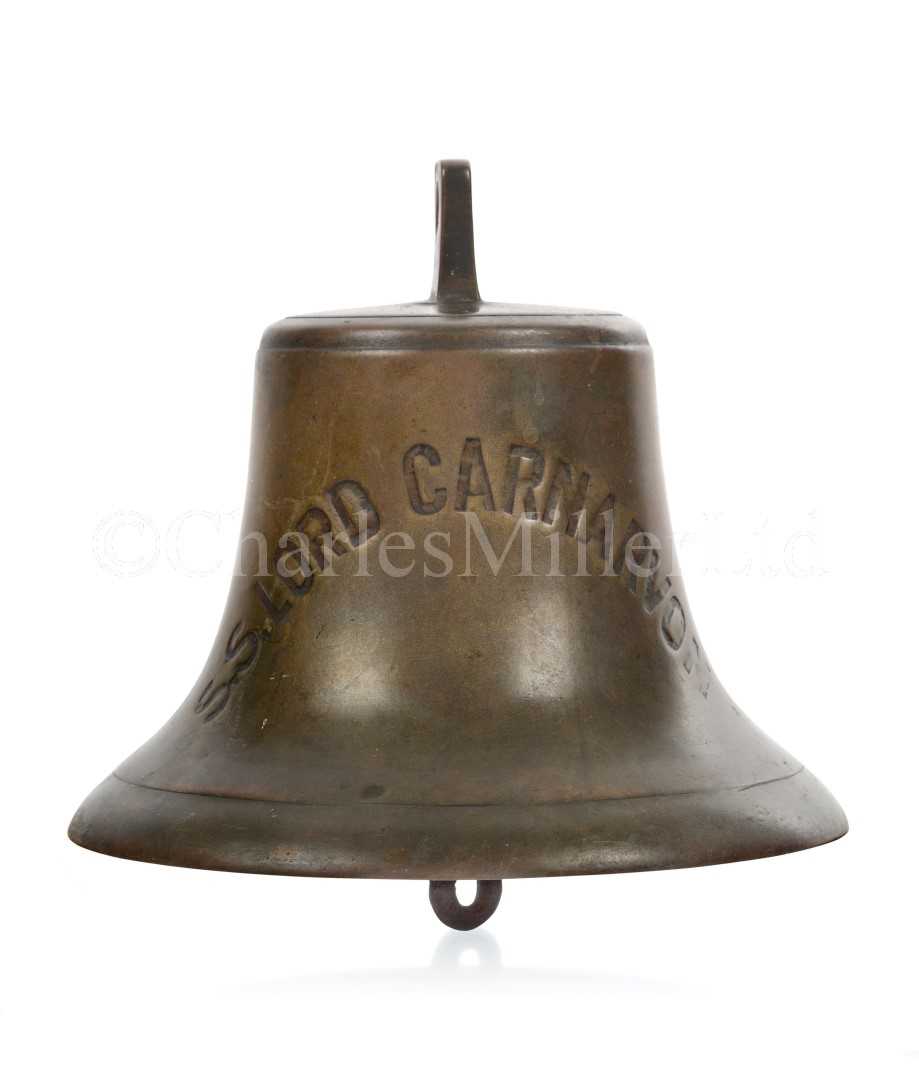

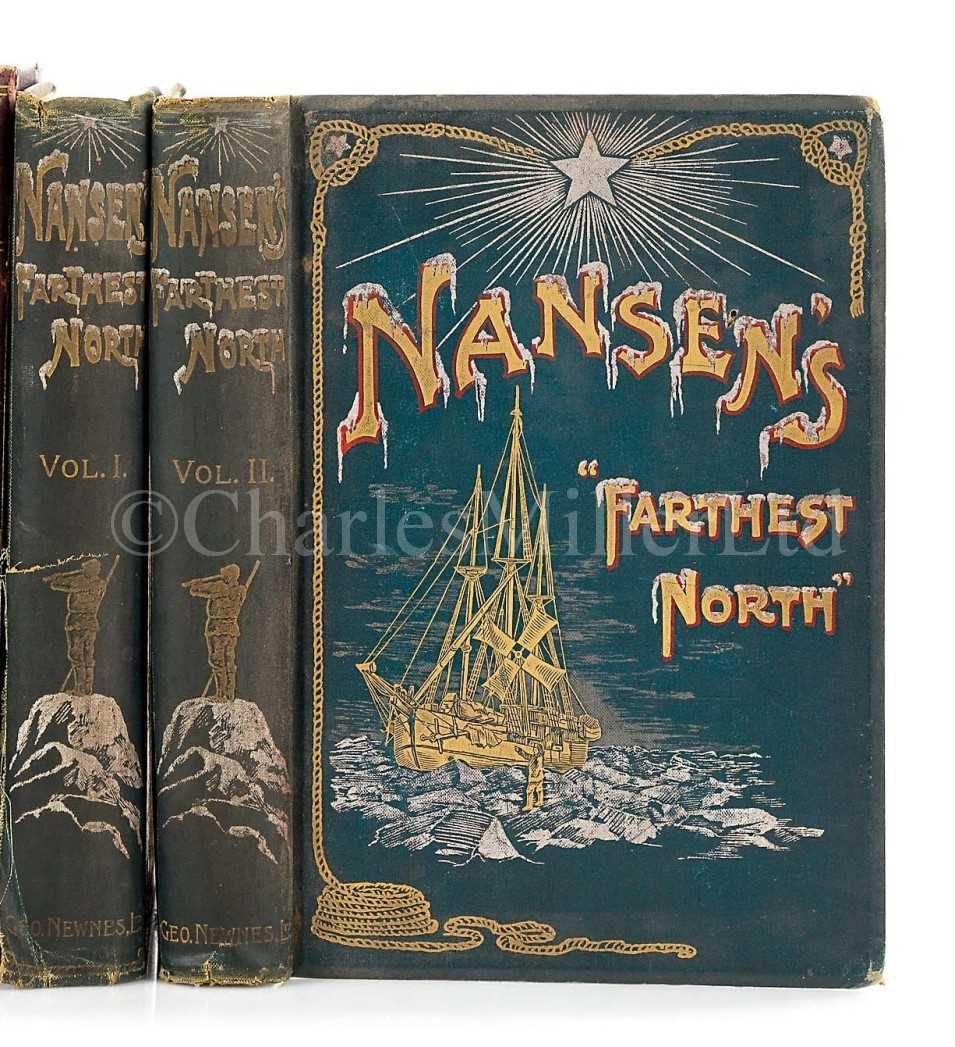


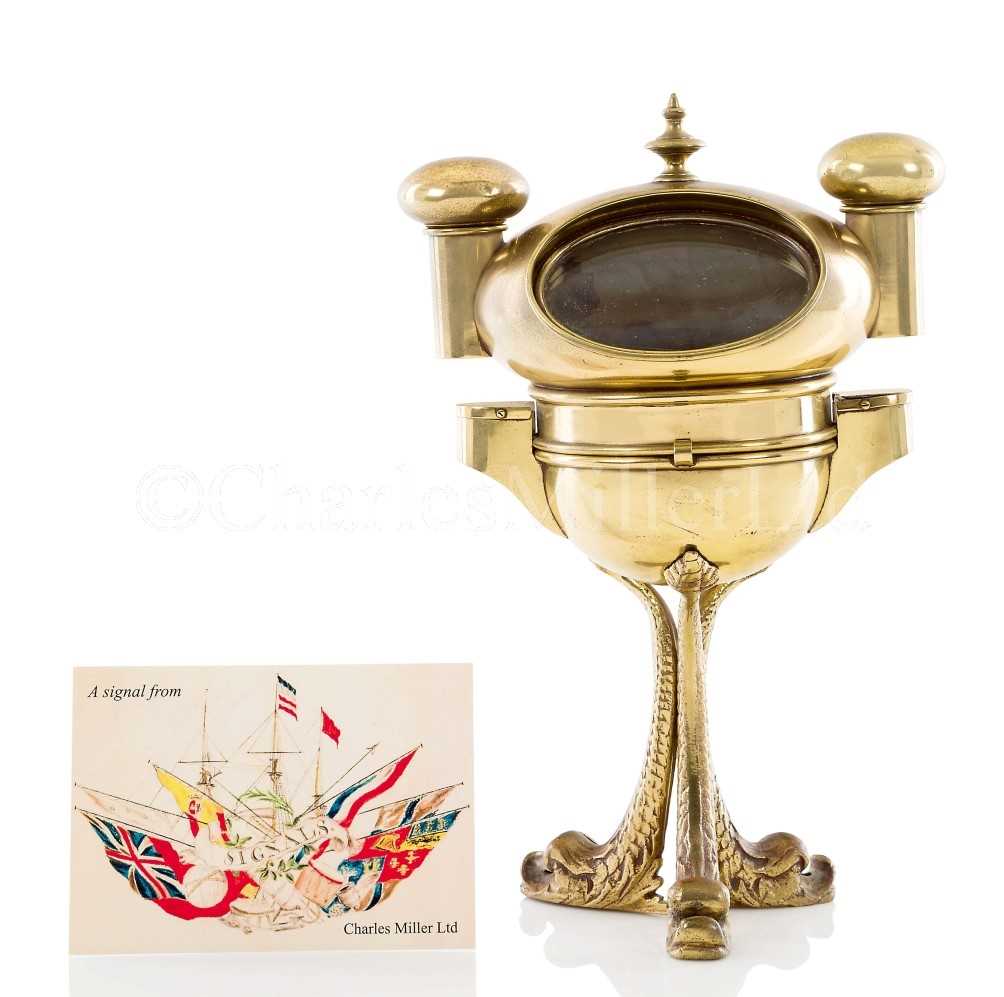
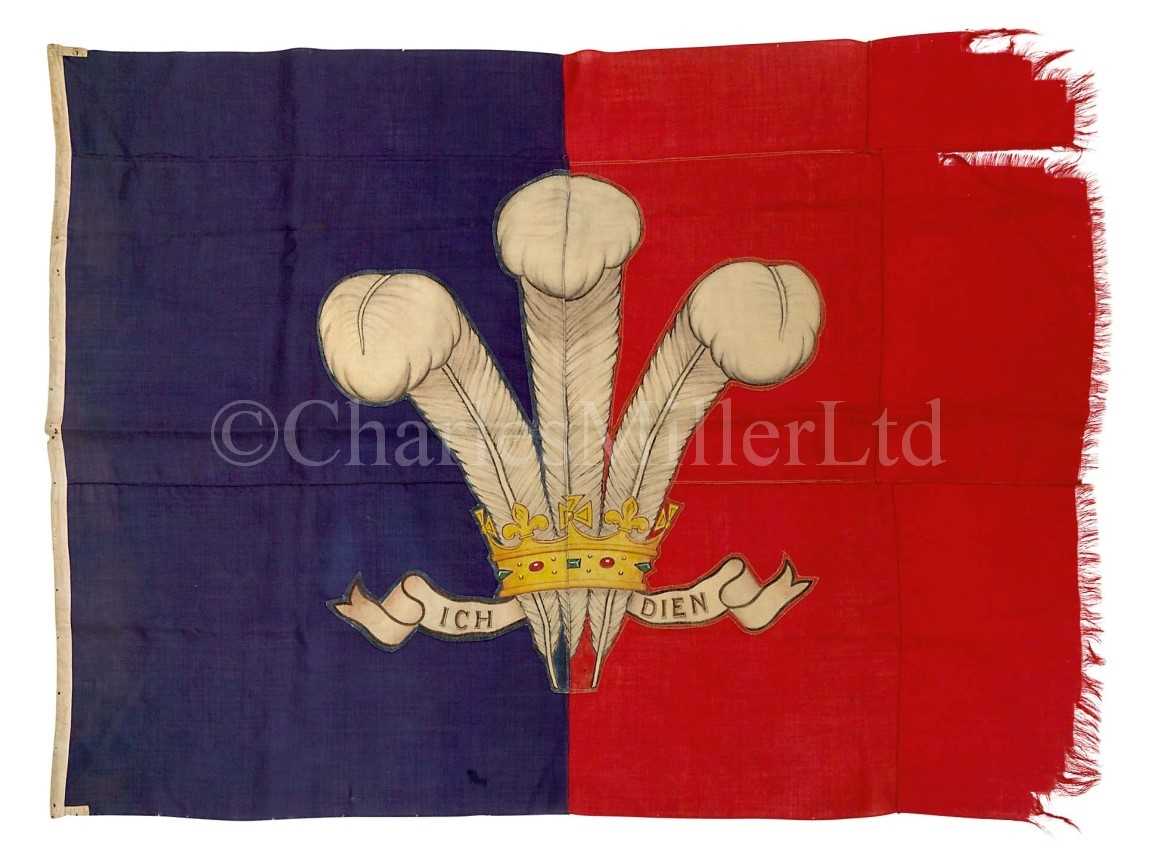
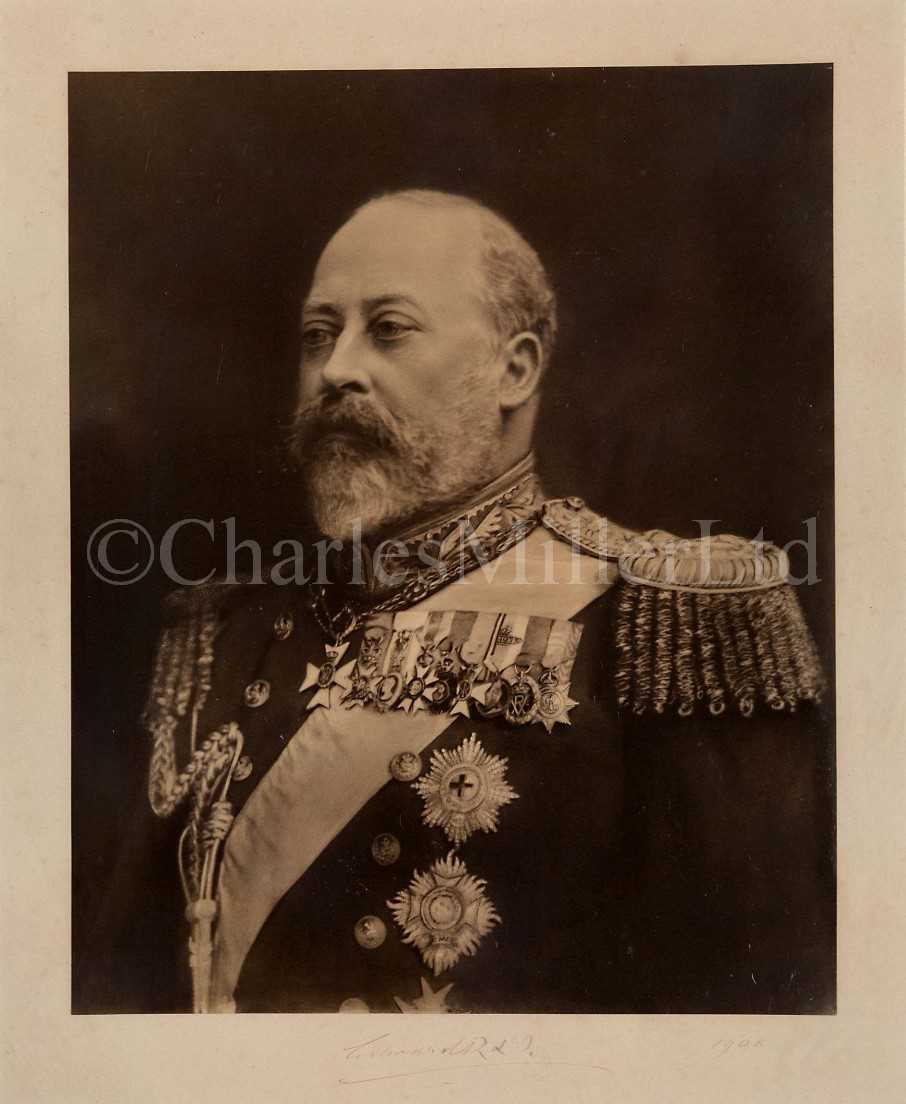
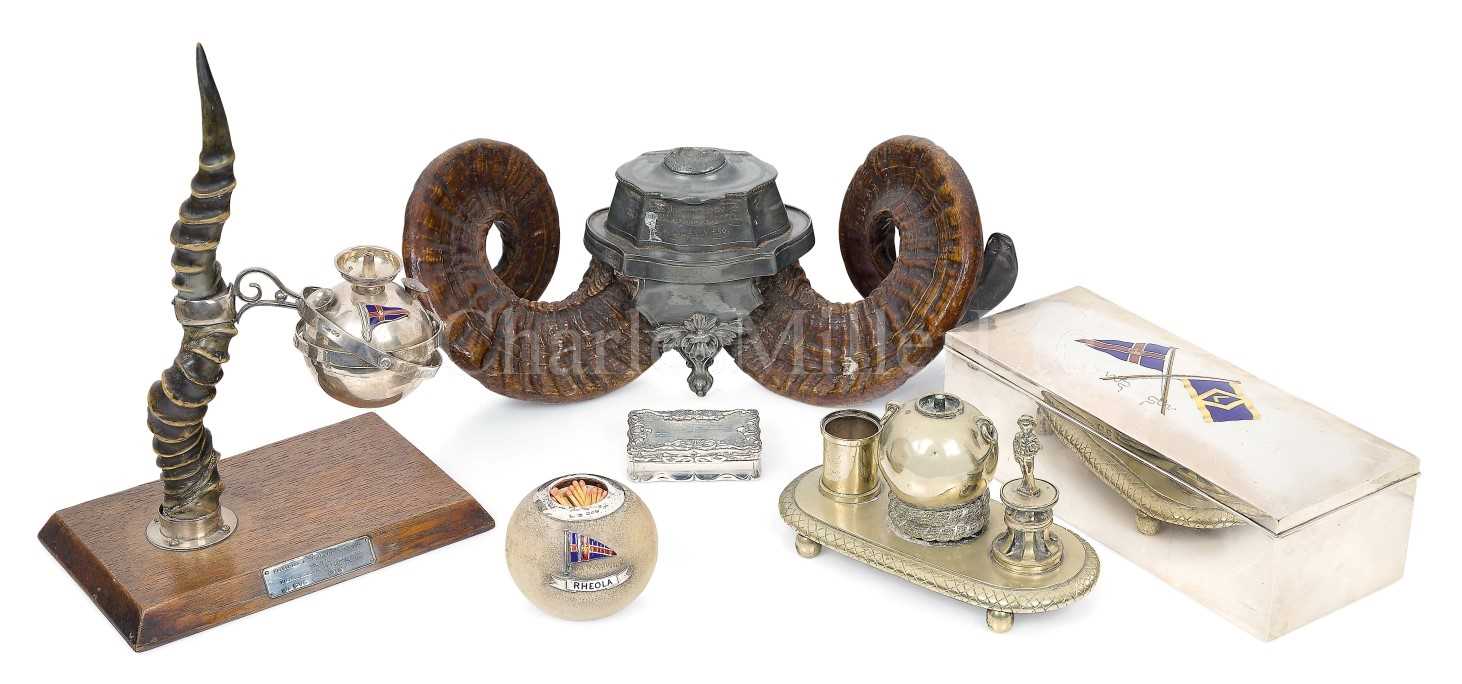

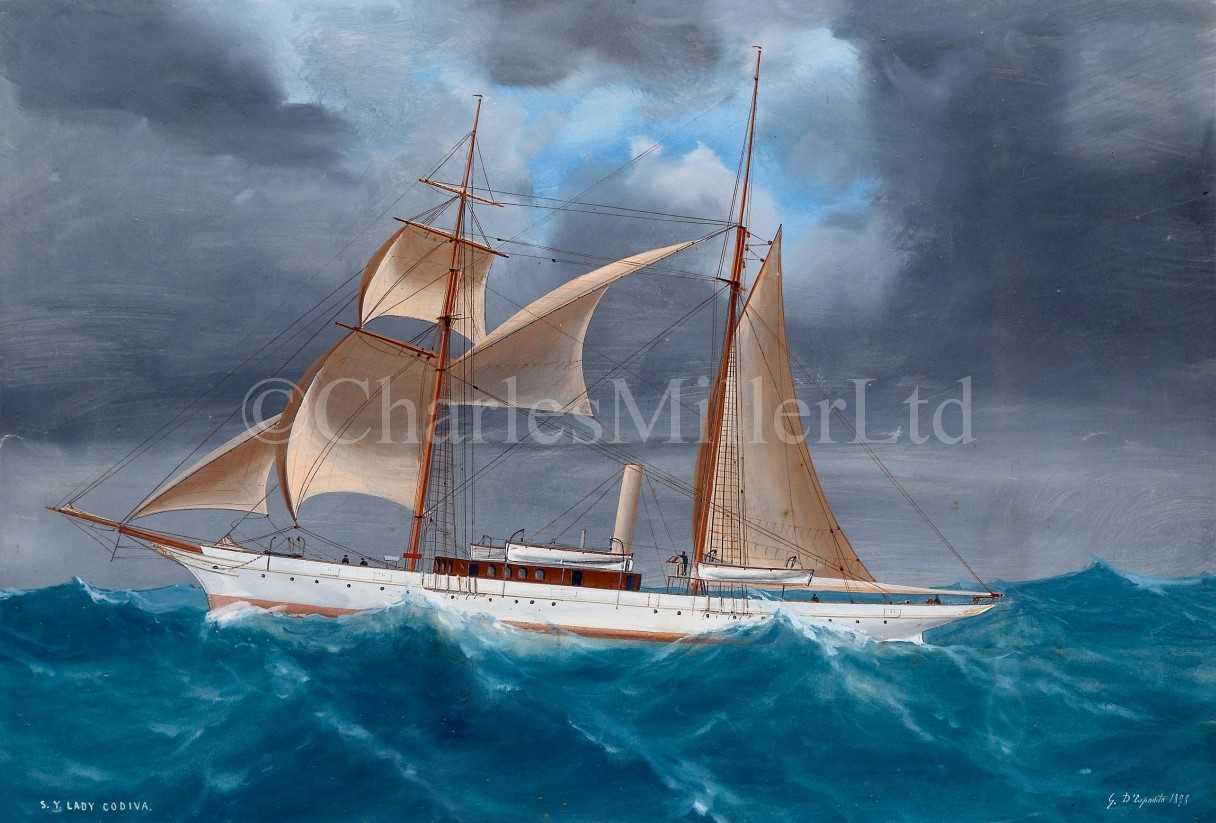
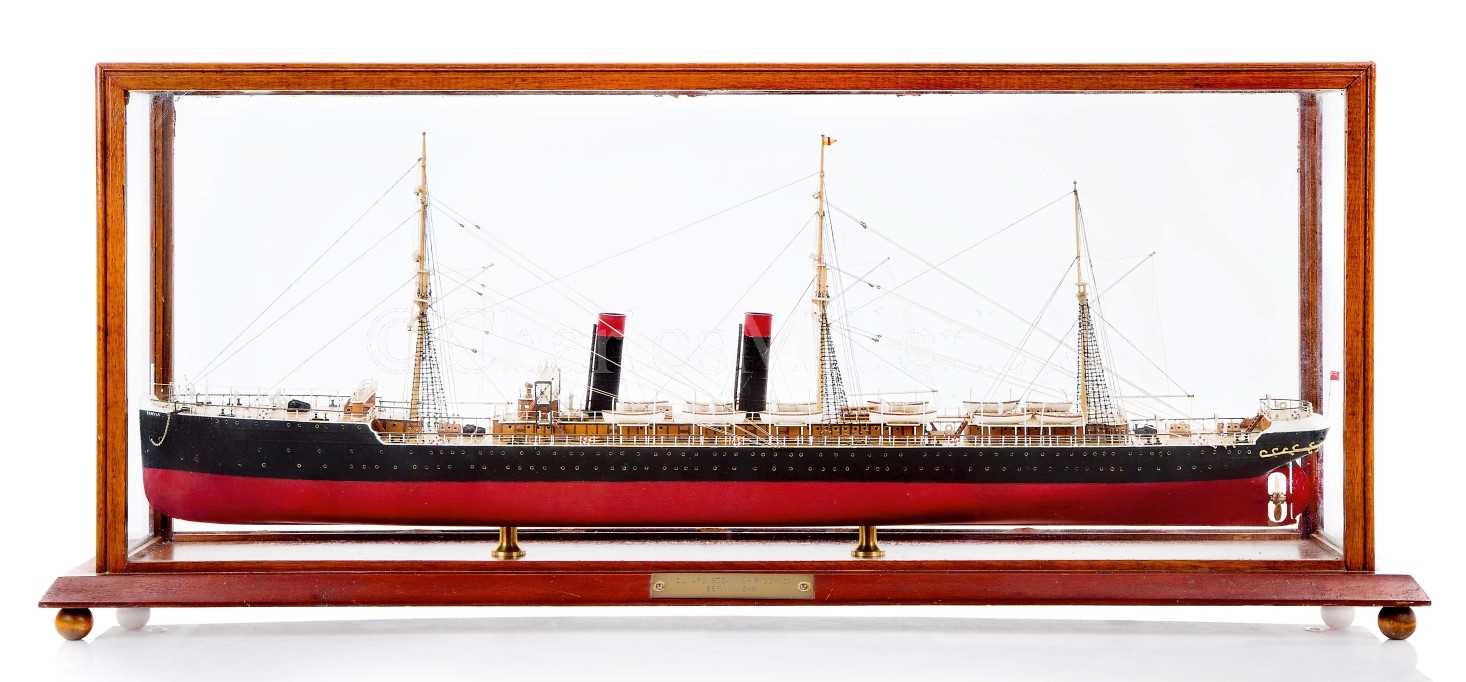
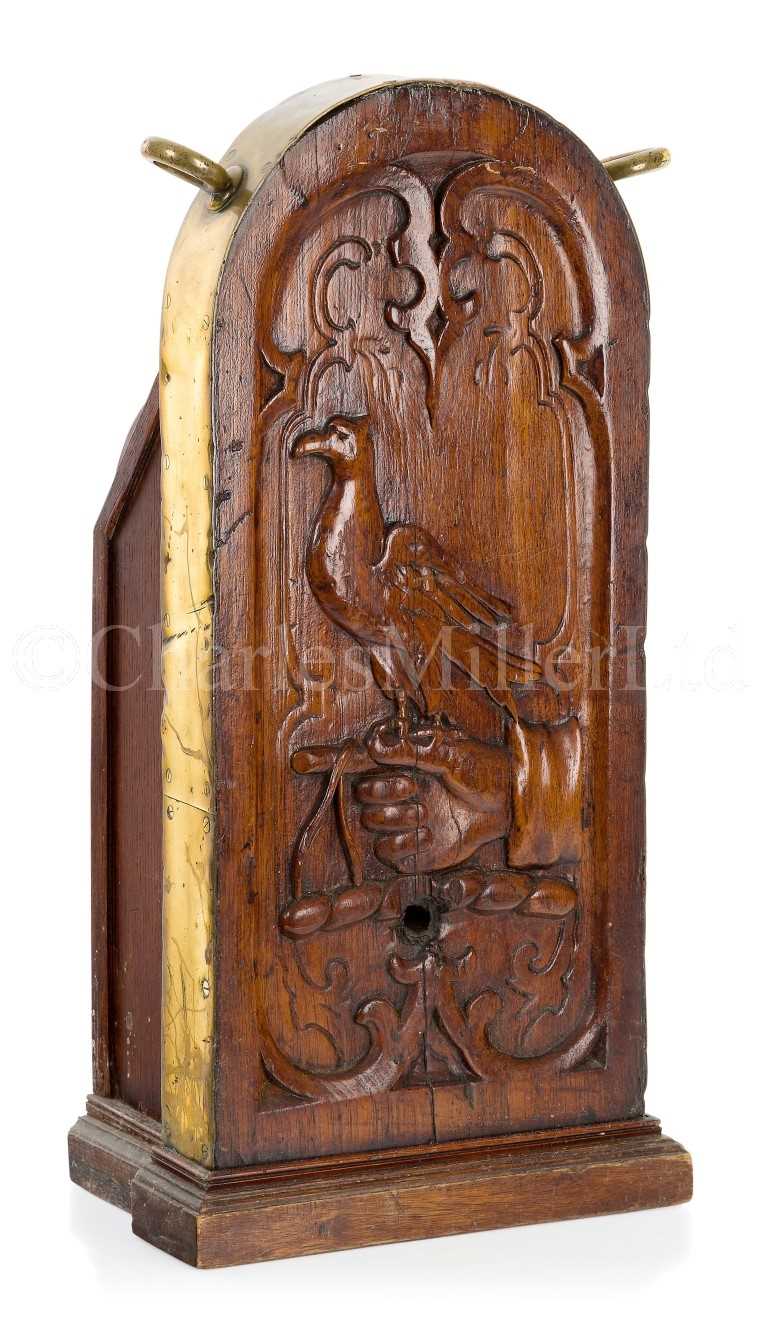
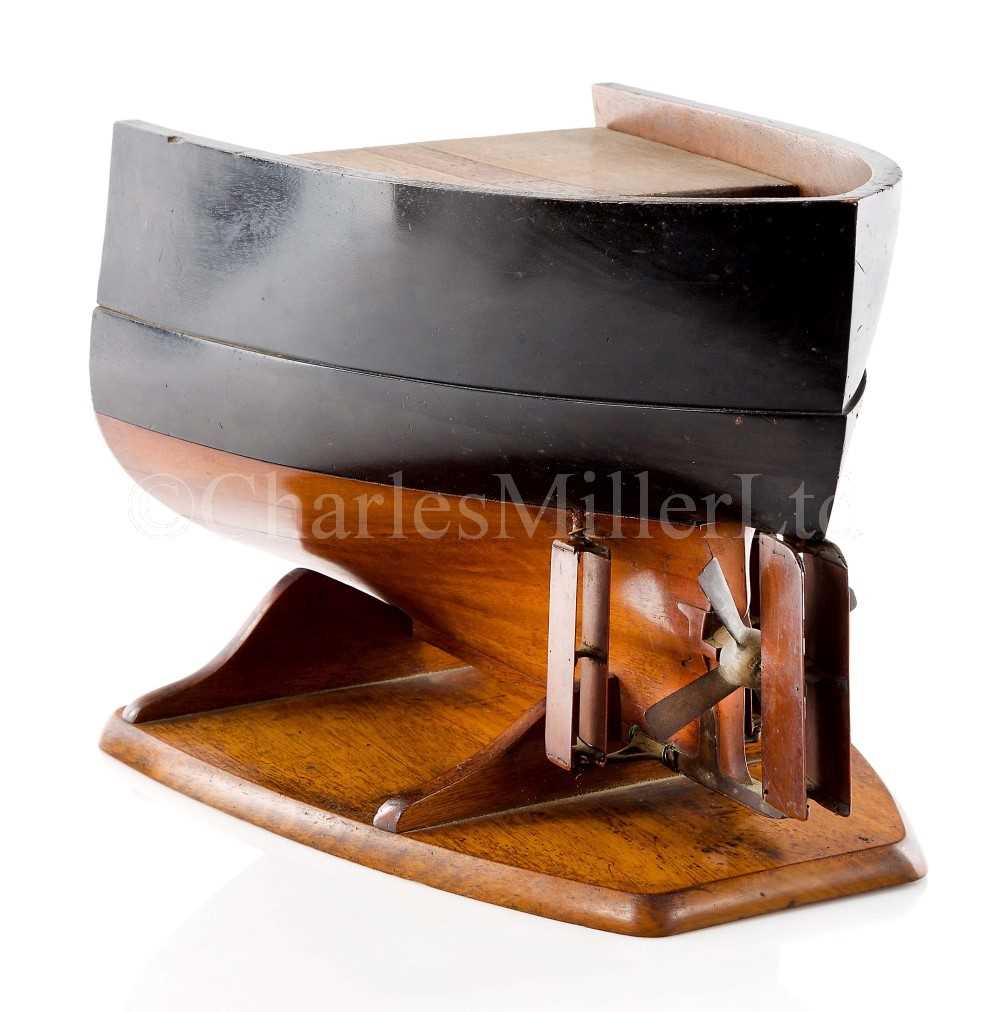
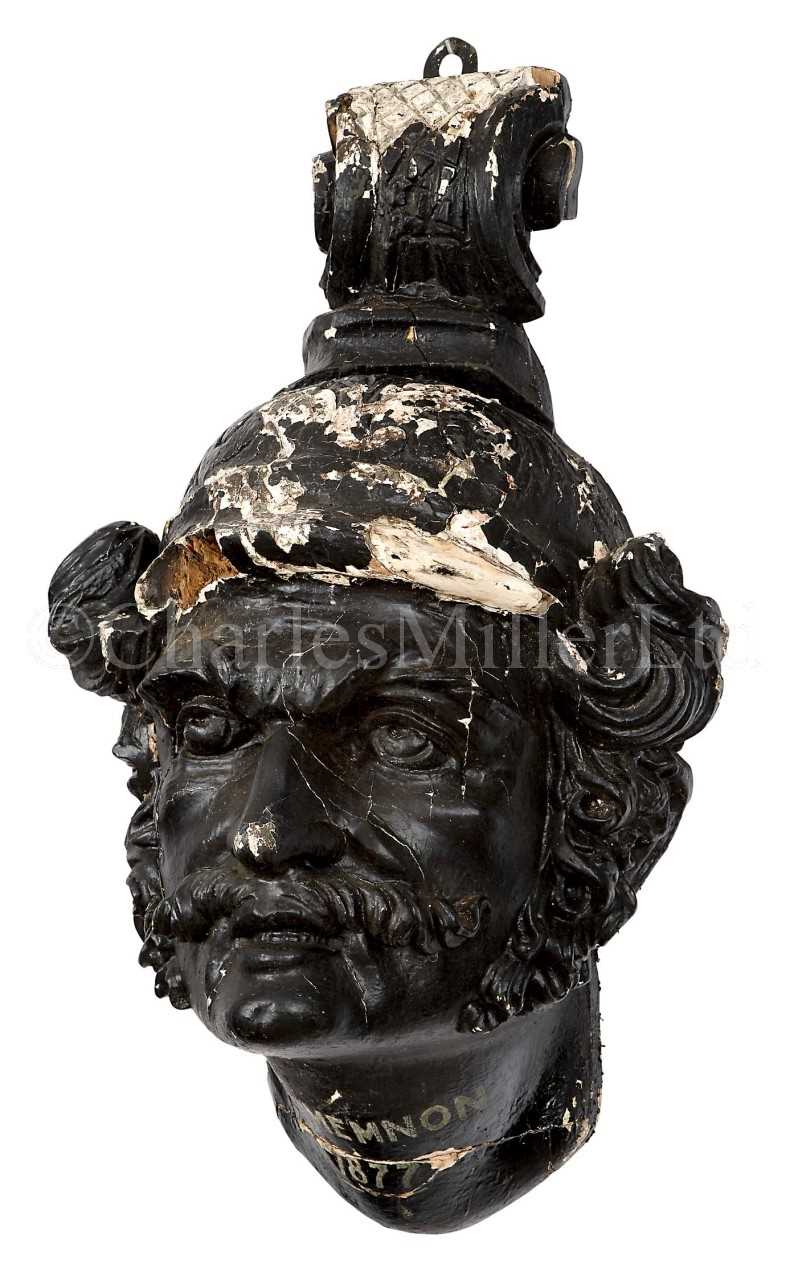
Testen Sie LotSearch und seine Premium-Features 7 Tage - ohne Kosten!
Lassen Sie sich automatisch über neue Objekte in kommenden Auktionen benachrichtigen.
Suchauftrag anlegen